Spanish Stew: The Secrets of Grandma’s Traditional Cooking
When you want to really get to know a country, what are you looking for? You want authentic experiences that connect with you during your time there. Spain offers steaming bowls of stew and aromas that embrace you when the cold sets in and your body craves warmth.
Stews become the undisputed stars of our tables during the winter months. They’re not just dishes; they’re hugs in the form of food that transport you to the heart of each region.
Northern Spain is home to some of the world’s most comforting stews. Fabada asturiana, with its fabes (beans) and compango (sausages), combats the Atlantic cold like few other dishes can. We’ll let you in on a secret: every spoonful contains generations of culinary wisdom.
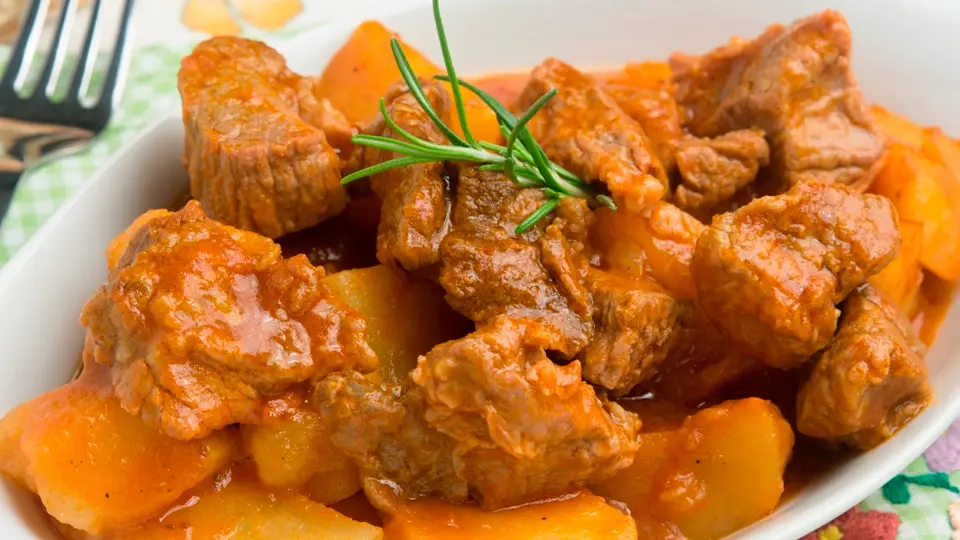
Cantabrian cocido montañés embodies the essence of the mountains in a dish. La Rioja will surprise you with its patatas a la riojana. This simple dish bursts with flavor thanks to the chorizo and paprika that accompany the potatoes.
Did you know that marmitako originated on the decks of Basque fishing boats? This seafaring tradition has become one of our most precious gastronomic treasures. Although bacalao al pil-pil is not strictly a stew, it is slow-cooked and has become an emblem of our spoon cuisine.
These dishes are perfect for experiencing the authentic Spain because they offer more than just warmth and sustenance. Their slow preparation and cultural significance make them authentic gastronomic rituals where time and love are as important as the ingredients added to the pot.
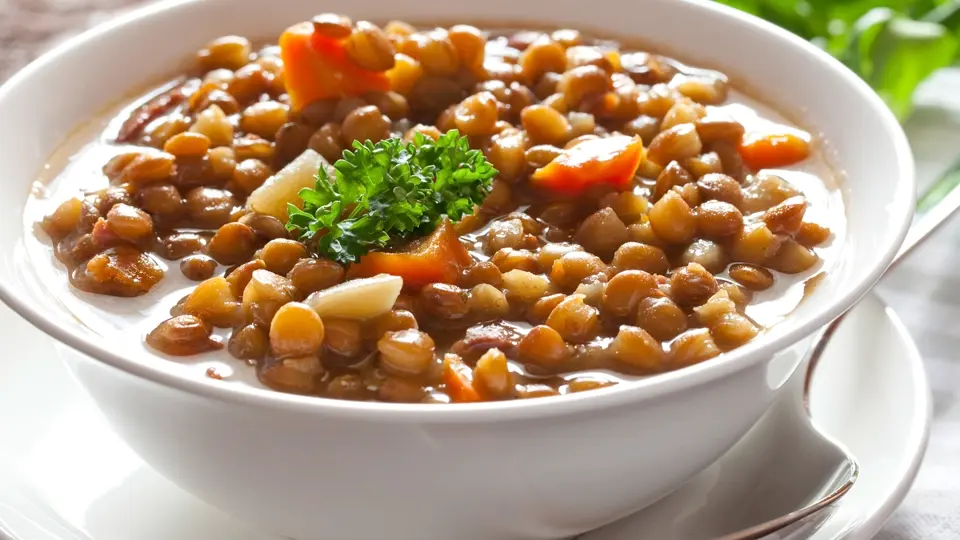
THE ART OF SPANISH STEWING COMBINES TECHNIQUE AND TRADITION
Spanish stewing transcends simple cooking. It represents a cultural legacy passed down from generation to generation. Contrary to modern life’s rush, stewing requires patience and mastery of techniques our grandmothers treasured.
It all starts with the sofrito, the fundamental base that provides unmatched depth of flavor. Subsequent prolonged cooking allows each ingredient to release its essence and blend into a perfect symphony. This slow process is no accident, but rather the result of centuries of accumulated wisdom in Spanish kitchens.
Over time, each region has perfected its own techniques. It’s important to note that although we use “stew” as a general term, there are nuances that every food lover should know.
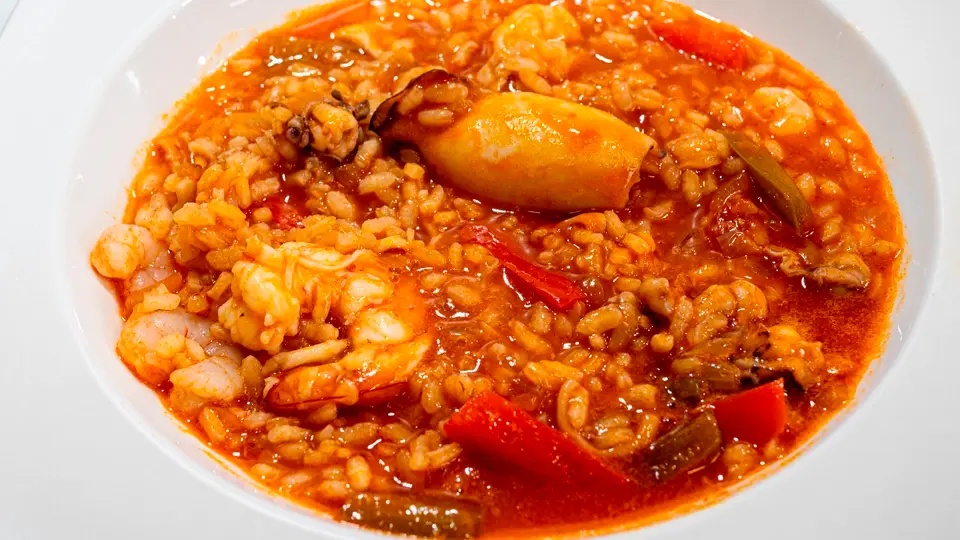
Cocido cooks its ingredients in water without sautéing them first. The famous cocido madrileño exemplifies this technique to perfection. Puchero del Sur is prepared in its namesake pot, combining chickpeas and vegetables with traditional mastery. Estofado, on the other hand, uses minimal liquid and is cooked covered over low heat.
These techniques emerged from popular ingenuity and practical necessity. Our ancestors created extraordinary dishes using simple, locally available ingredients.
Stewing is an authentic culinary tradition that reflects the history, climate, and culture of every region in Spain. Each technique tells a different story.
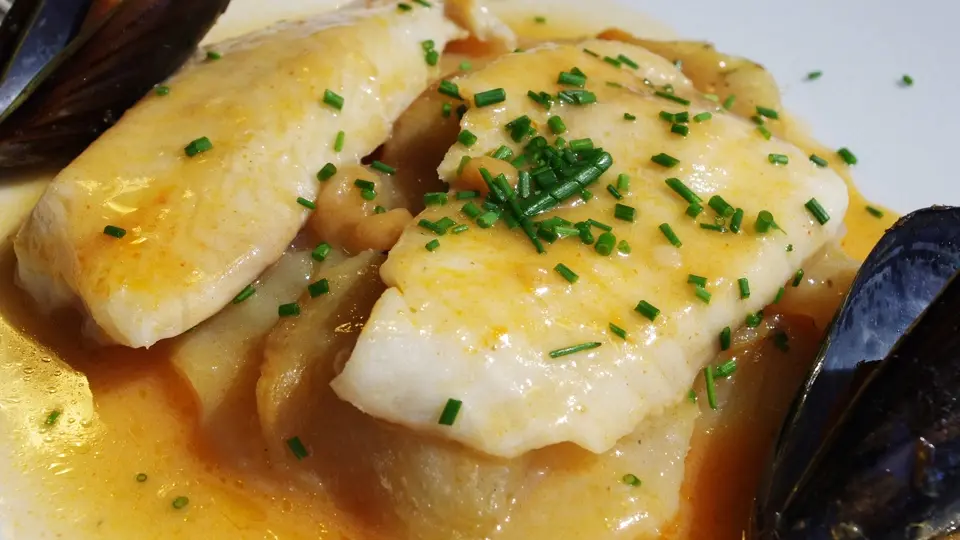
SPOON CULTURE IS MORE THAN JUST FOOD; IT’S AN IDENTITY
Spoon culture takes you far beyond merely feeding your body when traveling through Spain. It defines our collective identity in a way that few countries can boast. Each spoonful of stew contains centuries of history and popular wisdom to savor.
Our gastronomic richness is reflected in our vocabulary. Though they may seem synonymous, there are fascinating nuances between terms such as guiso, cocido, puchero, and estofado that you should understand to truly grasp Spain.
Guiso involves slow cooking in liquid after an initial sofrito, which adds depth of flavor. Cocido, on the other hand, cooks its ingredients in water without a sofrito. The most emblematic example is the Madrid version, which you must try.
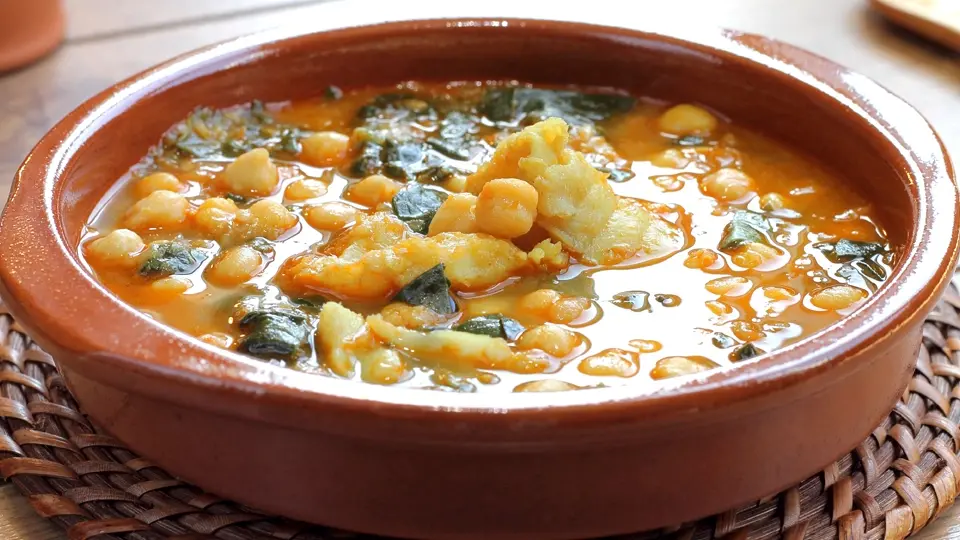
Puchero, from the south, takes its name from the pot in which it is prepared. It combines chickpeas, vegetables, and meat with centuries-old mastery. Estofado cooks the ingredients in their own juices with minimal liquid, creating unique textures. In regions such as Extremadura, “olla” is used as a synonym for “cocido,” adding further richness to our culinary vocabulary.
These differences are not mere gastronomic technicalities. Each term reflects the cultural identity of its region, enriching our culinary heritage in surprising ways. When you enjoy an authentic stew, you’re not just tasting ingredients; you’re tasting the land, popular ingenuity, and the extraordinary Spanish ability to transform the simple into the sublime.
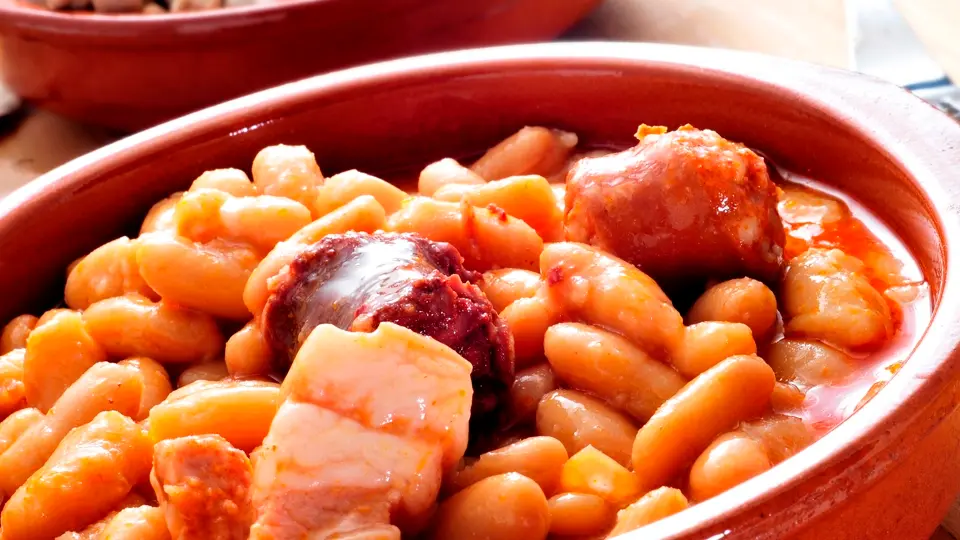
TAKE A TOUR OF SPAIN’S MOST EMBLEMATIC STEWS
Discovering Spain through its stews allows you to delve into the authentic soul of each region. Each region has developed its own culinary gems that tell extraordinary stories of adaptation and creativity.
Fabada asturiana represents much more than a peasant dish. With each spoonful, you connect to the rural life of the Principality, where locals combined local beans with cured meats to stay nourished during the harshest winters.
Cantabria offers cocido montañés, a dish developed in rural areas as a survival staple. Its base is made of cabbage and beans, accompanied by cured meats that provide a deep, mountainous flavor.
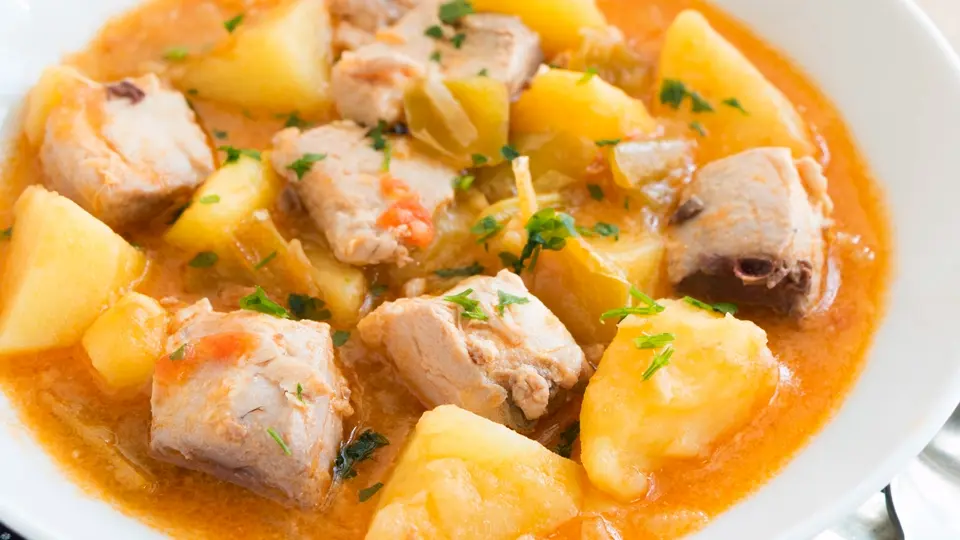
Patatas a la Riojana (Riojan potatoes) stand out for their simplicity and extraordinary flavor. The addition of chorizo and paprika transforms them into a gastronomic experience that perfectly reflects the character of this wine-producing region.
We can organize unique culinary experiences for you, taking you directly to the places of origin of these gastronomic treasures. We will take you to family kitchens where expert grandmothers share their centuries-old secrets.
These dishes are a testament to the regions’ different climates and cultures. They reflect the ingenuity of the Spanish people in transforming simple ingredients into extraordinary experiences that remain in the memory forever.
Would you like to enjoy these authentic experiences on your next trip?
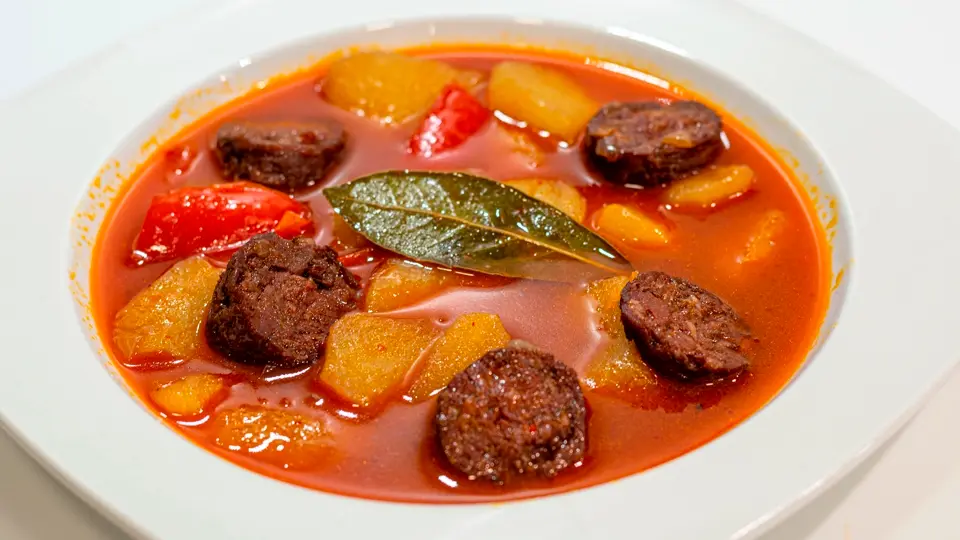
DISCOVER SPAIN THROUGH ITS STEWS!
Sit down at a Spanish table, and the stews will tell you stories better than any travel book. Tasting Asturian fabada is experiencing the strength of Asturian miners. Savor a marmitako and sail alongside Basque fishermen on the high seas.
Spanish stews offer a glimpse into the soul of each region. Generations have preserved the flavors and techniques that define these unique territories. Traveling through Spain in the winter is an extraordinary sensory experience when stew is your perfect guide.
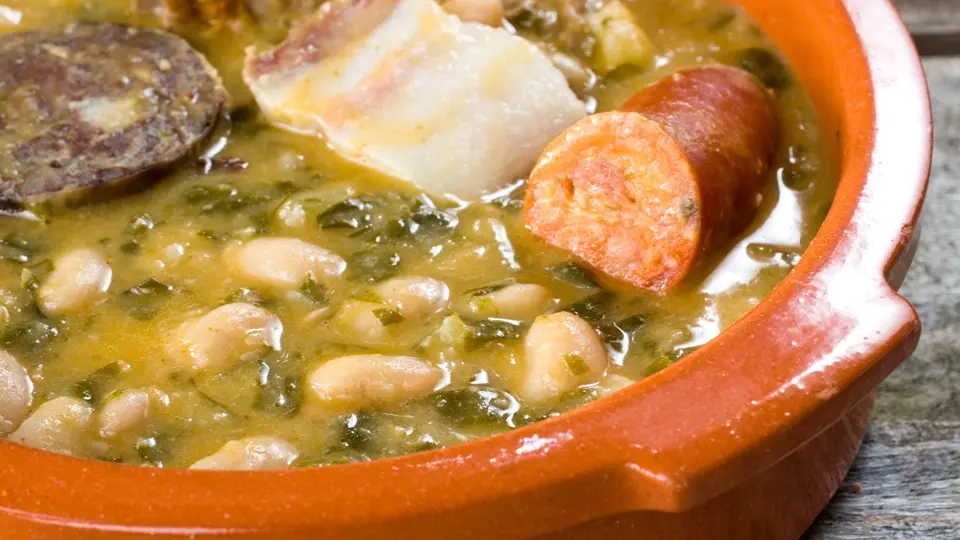
These stews offer more than just a complete gastronomic experience. They connect with universal emotions: the warmth of home, family gatherings, and the celebration of authenticity you seek when traveling.
Spain awaits you with stoves lit and centuries-old recipes ready to be shared. Each stew encapsulates a landscape, a family, and a story that deserves to be savored during your visit.
At CaramelTrail, we design perfect gastronomic journeys! Tell us about your culinary interests, and we will offer you unique experiences that will allow you to discover the true essence of Spanish culture and cuisine. We would love to hear about your preferences, travel style, and which culinary traditions you would like to experience.
Would you like us to start planning your gastronomic journey?





